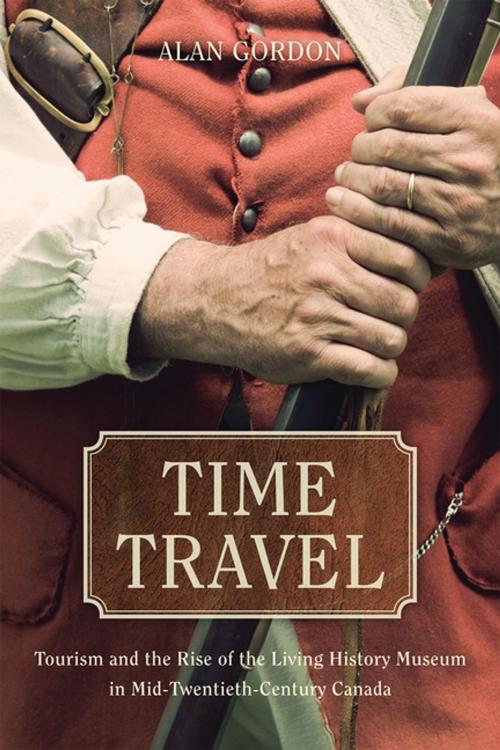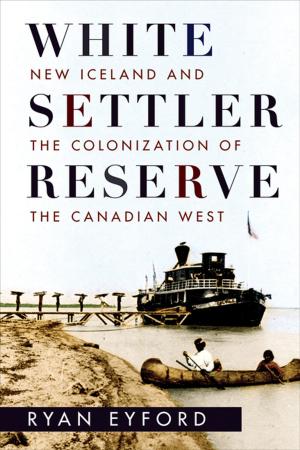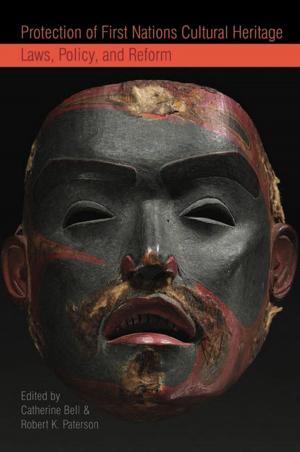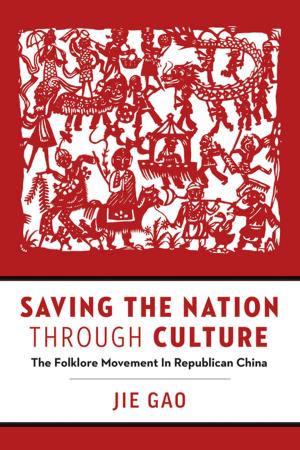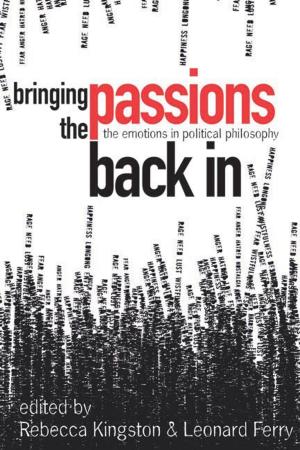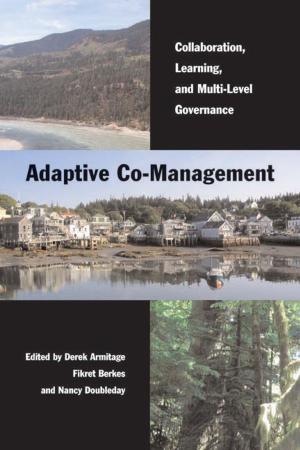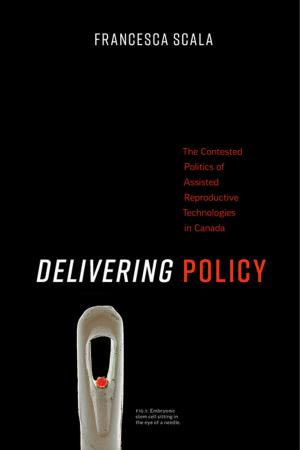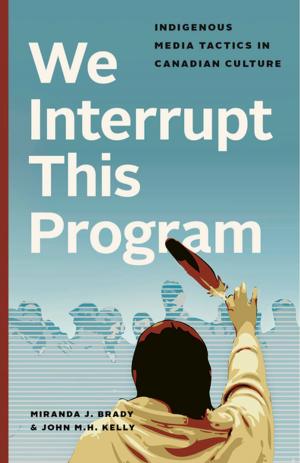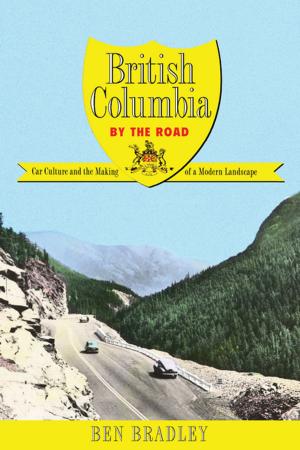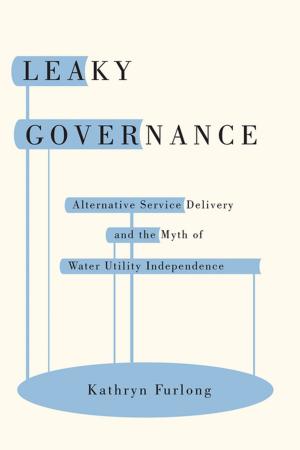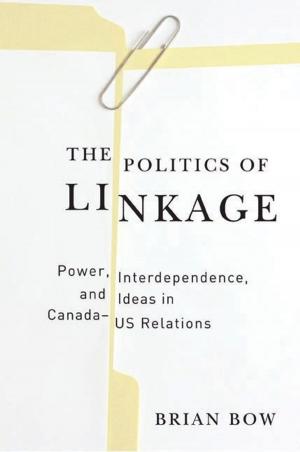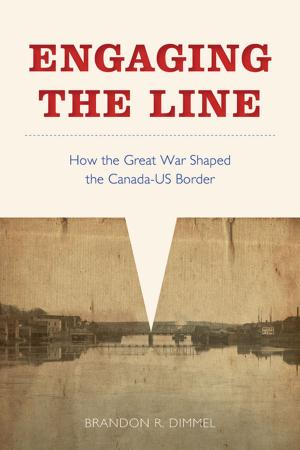Time Travel
Tourism and the Rise of the Living History Museum in Mid-Twentieth-Century Canada
Nonfiction, History, Canada, Social & Cultural Studies, Social Science, Archaeology, Art & Architecture, General Art| Author: | Alan Gordon | ISBN: | 9780774831567 |
| Publisher: | UBC Press | Publication: | July 22, 2016 |
| Imprint: | UBC Press | Language: | English |
| Author: | Alan Gordon |
| ISBN: | 9780774831567 |
| Publisher: | UBC Press |
| Publication: | July 22, 2016 |
| Imprint: | UBC Press |
| Language: | English |
In the 1960s, Canadians could step through time to eighteenth-century trading posts or nineteenth-century pioneer towns. These living history museums promised authentic reconstructions of the past but, as Time Travel shows, they revealed more about mid-twentieth-century interests and perceptions of history than they reflected historical fact. The post-war appetite for commercial tourism led to the development of living history museums. They became important components of economic growth, especially as part of government policy to promote regional economic diversity and employment. Time Travel considers these museums in their historical context, revealing how Canadians understood the relationship between their history and the material world. Using examples from across Canada, Alan Gordon explores how these museums responded to shifting expectations of a nation defined by the Great Depression, the Second World War, and the space race. Along the way, museum projects were shaped by scandal, personality conflicts, funding challenges, and the need to balance education and entertainment: historical authenticity was often less important than the tourist experience. Ultimately, the rise of the living history museum is linked to the struggle to establish a pan-Canadian identity in the context of multiculturalism, competing anglophone and francophone nationalisms, First Nations resistance, and the growth of the state.
In the 1960s, Canadians could step through time to eighteenth-century trading posts or nineteenth-century pioneer towns. These living history museums promised authentic reconstructions of the past but, as Time Travel shows, they revealed more about mid-twentieth-century interests and perceptions of history than they reflected historical fact. The post-war appetite for commercial tourism led to the development of living history museums. They became important components of economic growth, especially as part of government policy to promote regional economic diversity and employment. Time Travel considers these museums in their historical context, revealing how Canadians understood the relationship between their history and the material world. Using examples from across Canada, Alan Gordon explores how these museums responded to shifting expectations of a nation defined by the Great Depression, the Second World War, and the space race. Along the way, museum projects were shaped by scandal, personality conflicts, funding challenges, and the need to balance education and entertainment: historical authenticity was often less important than the tourist experience. Ultimately, the rise of the living history museum is linked to the struggle to establish a pan-Canadian identity in the context of multiculturalism, competing anglophone and francophone nationalisms, First Nations resistance, and the growth of the state.
